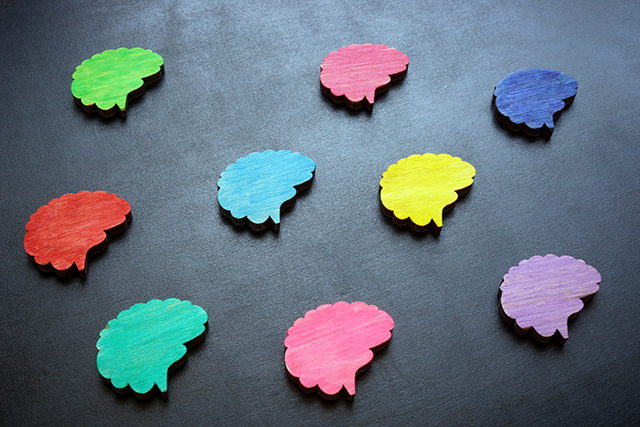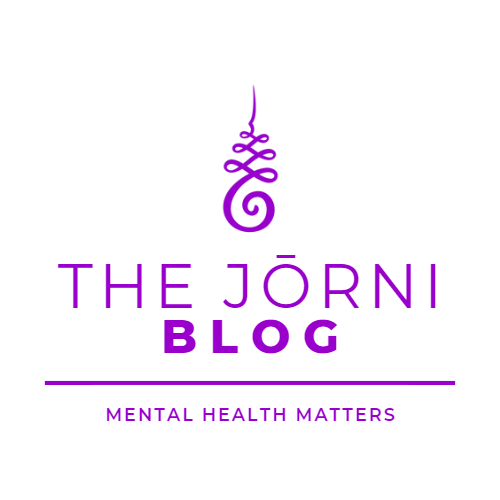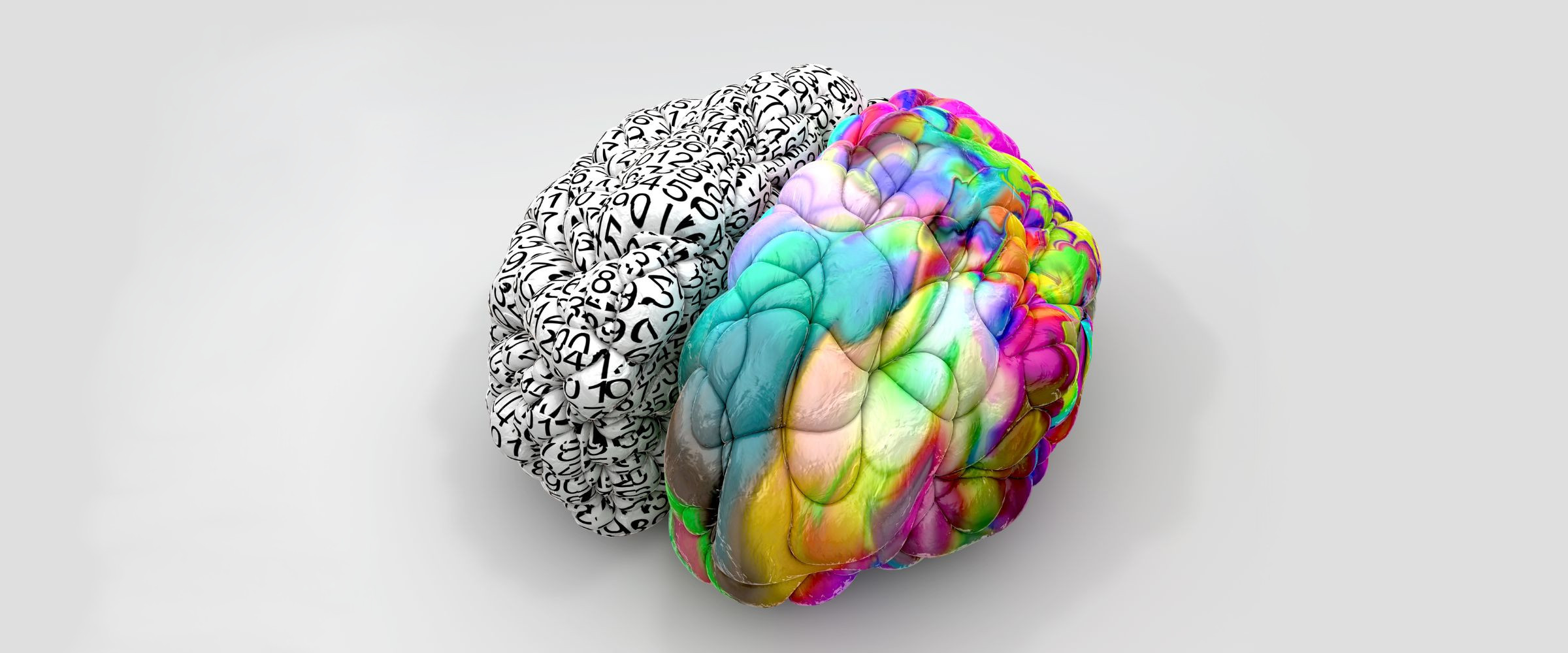Exploring Neurodiversity
Neurodiversity is a term that comes with plenty of prejudices. What does it mean to have neurodivergent features or traits? Some people may falsely believe that neurodiversity is some form of disability. And yet others may view neurodiversity as something scary and uncomfortable that should not be talked about. Often, we also see an effort to “correct” neurodivergent traits through medication.
The Uniqueness of Neurodiversity
In my view, the world is a much better place because of neurodiversity. We are all individuals and of course we all interpret the world differently and have unique experiences. Neurodiversity means that all people on this planet think differently and behave differently. Our brains function in different ways and individuals with neurodivergent traits are highly creative and intelligent and their brains function in unique ways.
I had the pleasure of speaking with Janie Keiller on the podcast. She provided some insights on living with neurodivergent traits and how she views the world. Janie also explained how she uses yoga to help with her mental health and how yoga could be beneficial for individuals with neurodivergent traits.
As an individual with neurodivergent traits, she sometimes feels overwhelmed by her surroundings and having a strategy to cope is key.
We all cope with daily stress as we live our lives. Individuals with neurodivergent traits may certainly feel more vulnerable as they navigate life, but many find creative ways to manage.
“The most interesting people you’ll find are ones that don’t fit into your average cardboard box. They’ll make what they need, they’ll make their own boxes.”
- Dr. Temple Grandin
I was so humbled by Janie’s story and how she found ways to help herself and many other people in turn. Her love of yoga has certainly made a big difference for her and it has touched the lives of her yoga students as well.
What is Neurodiversity?
Neurodiversity, a term first coined by an Australian sociologist, Judy Singer, in 1998, describes the diverse uniqueness of the brain. No human brain is exactly alike - even in identical twins. The differences impact how we think, move, behave, communicate, and process information. As you can see, this means there can be no real “standard” when defining brain processes. We can only understand the brain's capacities by analyzing variations in its functions.
Each neurodivergent trait has varying dimensions, some of which are helpful in everyday life, and some which pose additional challenges. You might consider a knack for numbers, music, and creativity very effective for life and work. On the other hand, social anxiety, obsessive behaviors, or hearing voices, could make life more challenging to navigate.

With neurodiversity, we are talking about differences in how our brains function, not about any deficits. Certainly, anyone could also be dealing with a disability or a medical condition at the same time; however, neurodiversity is not interchangeable with disability.
Neurodiversity can include a whole range of traits. Some may be more well-known than others. For example, ADHD, autism spectrum disorder, dyslexia, Down syndrome, social anxiety, and mental distress like schizophrenia, bipolar disorder, and obsessive-compulsive disorder are fairly well-known. Dyscalculia, dyspraxia, Tourette and Williams syndrome might be less known.
It also seems that neurodiversity is not very clearly defined, with some works including mental distress like anxiety, schizophrenia, OCD, antisocial personality disorder, borderline personality disorder, dissociative disorder, bipolar disorder, PTSD, and even depression, while some do not.
Everyday Living with Neurodiversity
Sometimes we all struggle, depending on what is going on in life. Individuals with neurodivergent traits may face unique challenges, which may include the ways they think and behave. Being in social situations can be uncomfortable or create anxiety, or as is the case for Janie, the environment can be overwhelming. When Janie talked about certain compulsive instances she experiences, it showed that there may be many things happening at the same time that create a sense of overstimulation.
But every individual is unique. For example, autistic individuals may memorize and retrieve information with ease. They could also appear as very precise and detail-oriented and excel in their line of work because of these capabilities. Individuals with obsessive compulsive disorder may struggle with intrusive thoughts, images, or impulses that make it difficult to “move on” from or focus on anything else.

I also know several moms whose children have been diagnosed with ADHD. We might experience the challenges of individuals with ADHD in school, for example. They might struggle with sitting still and focusing on class. They may also talk or act without thinking and may seem quite disorganized and sometimes come across as impatient and disruptive.
And many adults diagnosed with ADHD find themselves challenged by their work environment. They may find the typical 9-5 does not cater very well to their needs and is not designed for individuals with neurodivergent traits. When they struggle with organization and time management, the company often lacks what they would need to thrive. Most work environments are simply not (yet) set up or designed to support individuals with neurodivergent traits.
The Takeaway
Individuals with neurodivergent traits experience the world in unique ways. They may face different challenges as they navigate everyday life. And it is okay to take it one day at a time to find ways to manage the pressures that life situations bring. Often, individuals with neurodivergent traits will try to mask their characteristics in fear of prejudice or discrimination. If we could better adapt social and work environments to neurodiversity, maybe this disparity wouldn’t be so great.
As Janie explained, Yoga can be an effective technique to help her calm down and relax when things take an unexpected turn or she feels overwhelmed. Through becoming a yoga teacher, she can support other individuals with neurodivergent traits and help them navigate challenges they may face. She is in a unique position to do that and we definitely need more individuals like Janie taking the lead in voicing what kind of support or services are needed.

The most important thing I learned is that we are all neurodiverse.
Our brains all function in different ways and while some people are great at math and science, others have an affinity for languages or music. And we all have to find ways to navigate life. While Janie faces certain challenges like social anxiety or sensory overstimulation, someone else may be dealing with hearing voices or navigating school or work with ADHD.
In my opinion, one really important aspect is awareness. Once we become aware of the diverse ways brains function, we can understand that we may need different supports or adapted environments to thrive in. And people like Janie are taking the first steps in creating these environments and supports.
It is my hope that this will help bring healing and inclusion in the future, so we can all thrive together.
Sources
Kirsch, A. C., Huebner, A. R. S., Mehta, S. Q., Howie, F. R., Weaver, A. L., Myers, S. M., Voigt, R. G., & Katusic, S. K. (2020). Association of Comorbid Mood and Anxiety Disorders With Autism Spectrum Disorder. JAMA Pediatrics, 174(1), 63. https://doi.org/10.1001/jamapediatrics.2019.4368
Maheshkumar, K., Vidyashree, H., Sundareswaran, L., Sakthivel, G., Partheeban, P., & Rajan, R. (2019). Effect of yoga intervention on short-term heart rate variability in children with autism spectrum disorder. International Journal of Yoga, 12(1), 73. https://doi.org/10.4103/ijoy.ijoy_66_17
Kirby, A. (2021, August 26). Is there a link between neurodiversity and mental health? Psychology Today. Retrieved September 29, 2022, from https://www.psychologytoday.com/us/blog/pathways-progress/202108/is-there-link-between-neurodiversity-and-mental-health
Radhakrishna, S., Nagarathna, R., & Nagendra, H. (2010). Integrated approach to yoga therapy and autism spectrum disorders. Journal of Ayurveda and Integrative Medicine, 1(2), 120. https://doi.org/10.4103/0975-9476.65089
What is ADHD? (2021, January 26). Centers for Disease Control and Prevention. Retrieved September 29, 2022, from https://www.cdc.gov/ncbddd/adhd/facts.html
Woodyard, C. (2011). Exploring the therapeutic effects of yoga and its ability to increase quality of life. International Journal of Yoga, 4(2), 49. https://doi.org/10.4103/0973-6131.85485
https://thejornipodcast.com/episode-16-neurodiversity-and-yoga-with-janie-keiller

